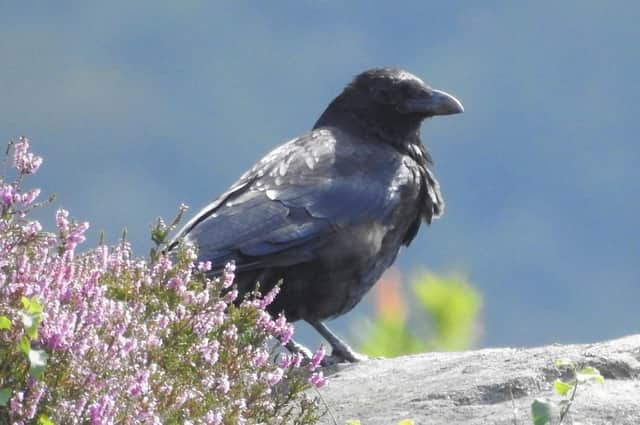Ravens herald the new wild says Sheffield wildlife expert


For these to have returned after removal by ruthless persecution over two centuries is a testament to nature’s powers of recovery.
A big part of ‘rewilding’ is the reconstruction of missing elements of the ecological process and that includes predators like peregrines, sparrowhawks and buzzards, and scavengers like red kites and ravens.
Advertisement
Hide AdAdvertisement
Hide AdOur local red kites have recolonised the region after introduction programmes elsewhere, but the ravens came back by themselves.
Indeed, there is a lot of rewilding that takes care of itself if only we give nature a chance by cleaning up our act and removing pollution, by preventing illegal slaughter and persecution, and by ending damaging habitat destruction.
Added to this we can give nature a helping hand by re-creating lost habitats and rejuvenating those damaged by 20th Century land-use.
Given a chance, then nature will recover though it may take time and we humans need to remember that patience is a virtue.
Advertisement
Hide AdAdvertisement
Hide AdIn our modern society we all-too-often expect things to be instantaneous and on-demand; but nature recovery may be slower than that!
Prof Ian D Rotherham, a researcher, writer and broadcaster on wildlife and environmental issues, is contactable on [email protected]
Folliw his Walk on the Wildside blog at ukeconet.org